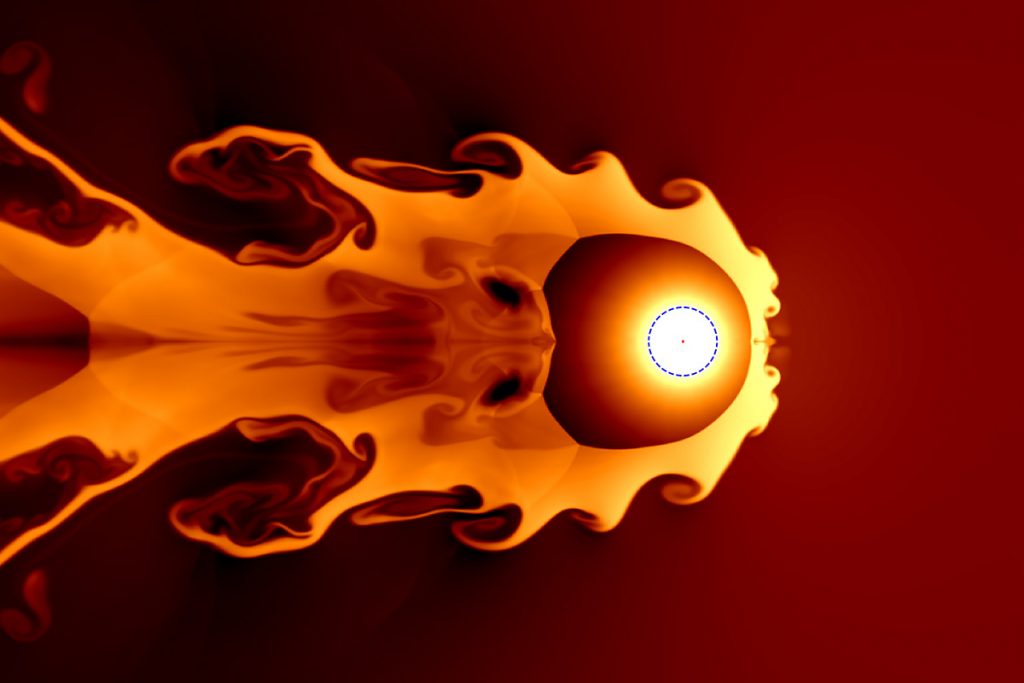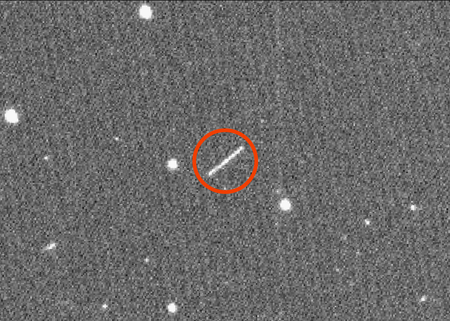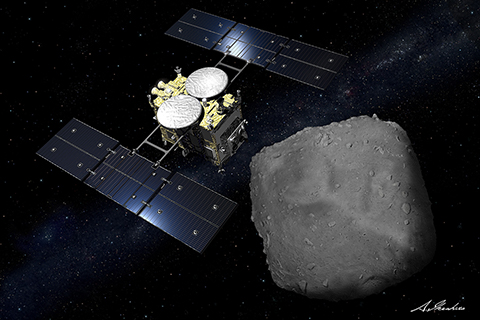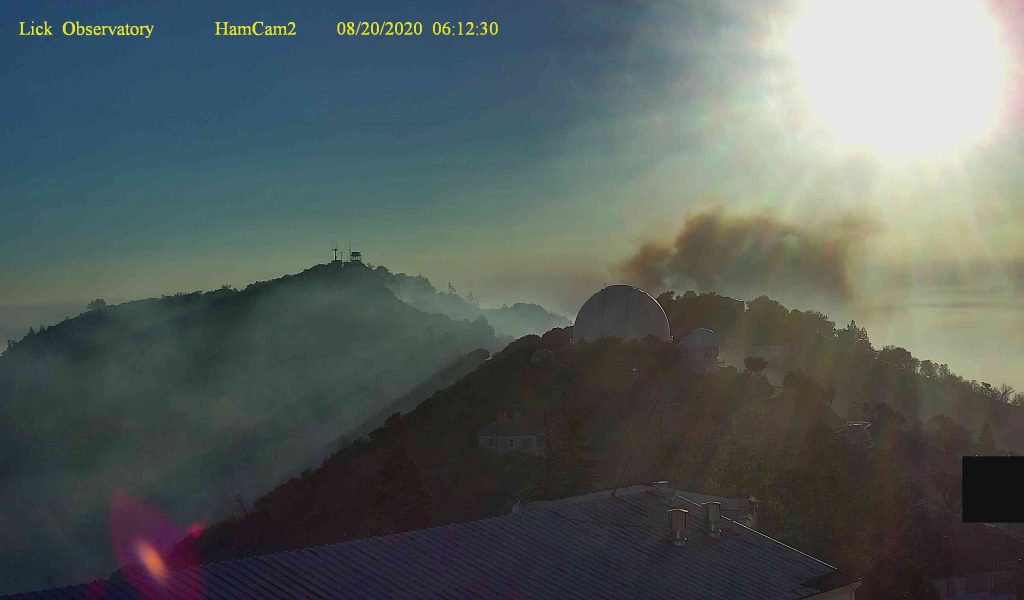Media
Transcript
To understand our place in the Universe, we have to understand the Universe. That’s a tall task, though, and one I’m not generally equipped to cover. I prefer to stay closer to home, and I particularly love planets. Today’s news is all about planets, and this first story is literally and figuratively cool.
A new paper in The Astrophysical Journal details the discovery of almost 100 cool worlds known as brown dwarfs, which were found with the help of a huge group of citizen scientists.

Acknowledgement: William Pendrill
Brown dwarfs are sometimes referred to as “failed stars” because they are between the most massive planets and the smallest stars in mass. They don’t have enough mass to sustain nuclear reactions. As a result, they are cold and dim, which also makes them very difficult to find. In fact, we only have success finding them in the relatively close vicinity of our Sun. The Backyard Worlds project found nearly 1,500 new brown dwarfs, and these hundred included in the paper are the coolest of the bunch, with temperatures approaching Earth’s.
The data for this project was collected from a variety of programs run by the National Science Foundation’s National Optical-Infrared Astronomy Research Laboratory (NSF’s NOIRLab) and then made available to some 100,000 volunteers through the Backyard Worlds project. Those volunteers carefully scoured the images for moving pixels and identified changes in the images, and several observatories, including NASA’s Spitzer Space Telescope, did follow-up observations to gather the temperature estimates.
The discovery of these very cool planets helps bridge a gap in the low-temperature range of brown dwarfs. According to lead author Aaron Meisner: These cool worlds offer the opportunity for new insights into the formation and atmospheres of planets beyond the Solar System. This collection of cool brown dwarfs also allows us to accurately estimate the number of free-floating worlds roaming interstellar space near the Sun.
Co-author Jackie Faherty explained: This paper is evidence that the solar neighborhood is still uncharted territory and citizen scientists are excellent astronomical cartographers. Mapping the coldest brown dwarfs down to the lowest masses gives us key insights into the low-mass star formation process while providing a target list for detailed studies of the atmospheres of Jupiter analogs.
My favorite part of this story is that it keeps referencing the nearness of the objects to our own Sun when in fact, the closest one is 23 light-years away and most are 30-60 light-years away. The neighborhood, indeed.
While these brown dwarfs may not be as close as the headlines imply, that doesn’t mean that distant bodies cannot affect us here on Earth. A new paper in the Proceedings of the National Academy of Sciences theorizes that cosmic rays from supernovae may be responsible for at least one mass extinction event.

The event in question occurred between the Devonian and Carboniferous periods around 359 million years ago. Rocks dated to this time contain numerous plant spores that show evidence of long-lasting ozone depletion. While more terrestrial events could lead to that type of ozone catastrophe, the evidence for those is inconclusive at best. The researchers proposed that a supernova, or possibly more than one, from about 65 million light-years away, is the real culprit.
According to the article: A supernova…delivers a one-two punch. The explosion immediately bathes Earth with damaging UV, X-rays, and gamma rays. Later, the blast of supernova debris slams into the solar system, subjecting the planet to long-lived irradiation from cosmic rays accelerated by the supernova. The damage to Earth and its ozone layer can last for up to 100,000 years. However, fossil evidence indicates a 300,000-year decline in biodiversity leading up to the Devonian-Carboniferous mass extinction, suggesting the possibility of multiple catastrophes, maybe even multiple supernovae explosions.
To prove their theory, the team hopes to find a couple of radioactive isotopes — plutonium-244 and samarium-146 — in the rocks and fossils of the time period. Since these isotopes do not occur naturally on Earth, they had to have come from space in a cosmic explosion.
Lead author Brian Fields explains that these isotopes are like green bananas: When you see green bananas in Illinois, you know they are fresh, and you know they did not grow here. Like bananas, Pu-244 and Sm-146 decay over time. So if we find these radioisotopes on Earth today, we know they are fresh and not from here – the green bananas of the isotope world – and thus the smoking guns of a nearby supernova.
We here at CosmoQuest wish the team luck in their search for these isotopes. I’m honestly pretty excited to see where this story goes.

Of course, when we talk about extinction events, everyone immediately thinks of dinosaurs and giant asteroids. Which is why our next story has been a question on our show several times this week.
Over the weekend, an asteroid formerly known as ZTF0DxQ was discovered by the Zwicky Transient Facility. Several other telescopes were able to do quick follow-up observations and confirmed the size and trajectory of the asteroid. Unfortunately, it was discovered after it had already zipped by Earth. Fortunately, it’s only about the size of an SUV, so it wouldn’t have caused any damage. It came within 3,000 kilometers of Earth, making it the closest known asteroid to miss Earth.
Since the tiny visitor was confirmed by multiple observatories, it is now known as 2020 QG, which, let’s be honest, isn’t much better of a name.
While we’re on the topic of asteroids, we have one more tiny piece of news to share today. The Hayabusa2 spacecraft, which visited asteroid Ryugu from June 2018 to November 2019, is on its way home with samples. The Japan Aerospace Exploration Agency (JAXA) received permission from the Australian government to land the sample capsule in the Woomera Prohibited Area in South Australia. The landing is scheduled for December 6.

CREDIT:Akihiro Ikeshita)
More samples, y’all. Of an asteroid. Japan has done this before, and I am still impressed and excited. We’ll update later this year, so stay tuned!
Finally, our thoughts are with everyone affected by the wildfires here in California. I have been surrounded by smoke, ash has been falling on the balcony and roof and cars, and the air has been toxic. I have friends that have been evacuated from their homes. Last night, I got emotional while I watched the death images of a fire camera in the Santa Cruz Mountains. And then, Dr. Pamela and I spent part of the night watching the fire encroach upon Lick Observatory.
We are happy to report that the observatory survived the night. There are unconfirmed reports that some residence buildings were destroyed, a couple of small domes suffered damage, and the majority of the complex will need a deep cleaning. Good news indeed. Thank you to CalFire for working to preserve this important piece of our local history and our ongoing scientific endeavors.

I know that a lot of people are losing homes and struggling, and our worry for a collection of domes and buildings seems crass by comparison. Feelings cannot be helped, though. The observatory is a huge part of the history of San Jose, and there is a ton of astronomy going on there to this day. Well, not THIS day, but up until this fire…
Lick has been an important part of my career, too, short as it has been so far. During my internship, I went up for a tour with my undergraduate class, and I took my mentor, Dr. Peter Jenniskens. After my tour was over, and I had gotten to look at Saturn through the big 36-inch telescope, Peter and I worked on my research project — the Cameras for All-Sky Meteor Surveillance. It’s a box of 24 security cameras that point up at the sky in a domed array, and they photograph the sky all night. We did some maintenance and upgrades while we were there and collected hard drives. I then had to go through the data and find meteors. It was part of the best summer of my life, to be honest.
I hope we can soon update with good news about those cameras. They were still collecting data, last I heard.
2020 has been rough, y’all. I know that. You know that. I want to hug my friends in person. I want to breathe freely without masks. I want to travel. Since none of that can happen right now, I’m glad to have all of you. Stay safe, everyone. Please.
Learn More
100 Cool Worlds Found Near the Sun
- Keck Observatory press release
- NOIRLab press release
- “Spitzer Follow-up of Extremely Cold Brown Dwarfs Discovered by the Backyard Worlds: Planet 9 Citizen Science Project,” 2020 August 20, Astrophysical Journal
Exploding stars may have caused mass extinction on Earth, study shows
- University of Illinois, Urbana-Champaign press release
- “Supernova Triggers for End-Devonian Extinctions,” Brian D. Fields et al., 2020 Aug. 18, Proceedings of the National Academy of Sciences
Tiny Asteroid Buzzes by Earth in Closest Flyby on Record
Hayabusa2 Re-entry Capsule Approved to Land in Australia
Credits
Written by Beth Johnson
Hosted by Beth Johnson
Audio and Video Editing by Ally Pelphrey
Content Editing by Beth Johnson
Executive Producer Pamela Gay
Intro and Outro music by Kevin MacLeod, https://incompetech.com/music/


 We record most shows live, on Twitch. Follow us today to get alerts when we go live.
We record most shows live, on Twitch. Follow us today to get alerts when we go live.